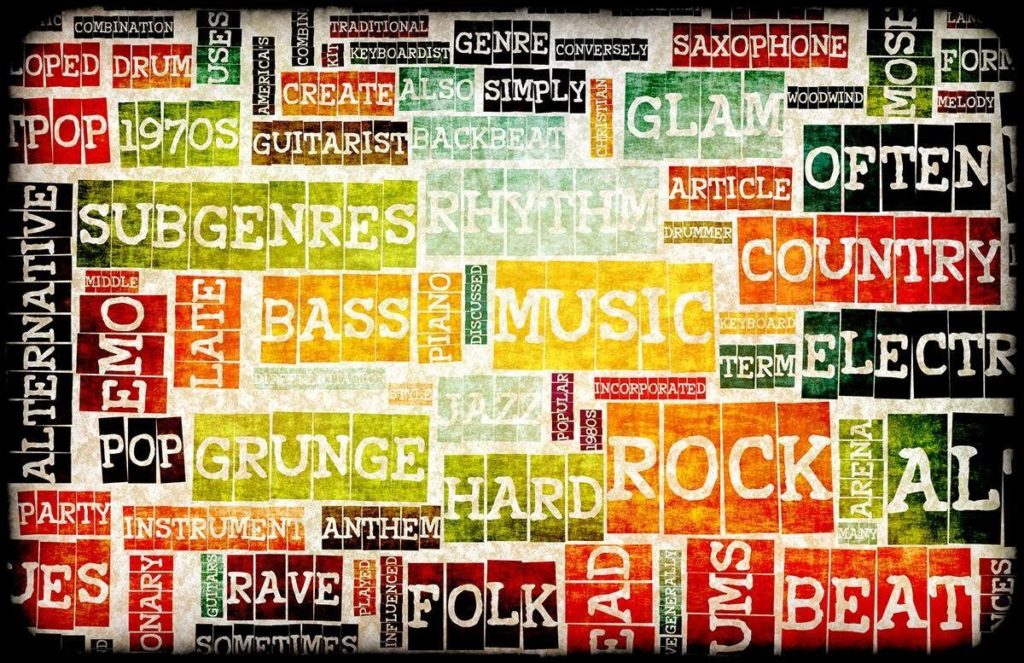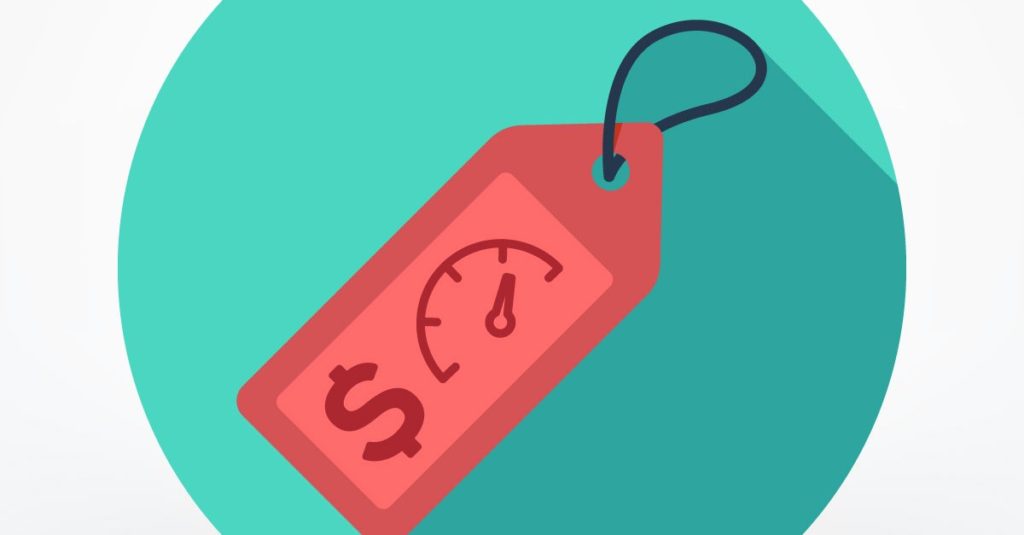Inspecting Used Vinyl: What To Look For Before You Buy?
There are two simple rules for inspecting used vinyl records – you should listen to the albums before purchasing them and make sure that they look alright. There is no other better way to inspect a vinyl but listening to it. But even before you listen to it, you should check the record based on many factors. Find out how you should be inspecting used vinyl records before investing in one, especially if its price is in the mid-range or high-range.

Music Genre
If you want to buy a rock album with loud music, minor flaws can get masked due to the kind of music it is. On the other hand, if you are into jazz, you will have to be very careful about inspecting used vinyl records and making sure the quality of the vinyl is up to the mark. Any scratches or noise can not just interfere with the music, it can only ruin the whole experience.

Price
Consider the price of the record. The inspection should also take this factor into account and match it with the condition of the vinyl. Do the quality and price match? Check whether the seller is ready to make some compensation in the price based on the condition of the record.
Before you start inspecting used vinyl records, make sure you are in a place with excellent lighting. The following steps will involve looking for minor flaws that may not be easy to detect in low light conditions.

Sleeve
Check the vinyl’s sleeve, and it can provide you with a preview of the condition of the album itself. Some of the positive signs in this regard include the following:
- Sleeve is in its original shrink-wrap or a plastic bag
- The inner sleeve’s opening is facing upwards and doesn’t align with the outer sleeve’s opening.
- The vinyl is inside an inner sleeve
- Some negative signs include the following:
- The sleeve’s corners are dog-eared
- There is partial splitting in the sleeve edges, but still hold the vinyl
- There is no inner sleeve. Keep in mind that records will not usually be in good condition if you don’t keep them in inner sleeves
- If there is water damage to the inner sleeve or cover
- Any of the edges are fully split, which can mean that the vinyl can fall out
Warp
Hold the vinyl flat even before you inspect is surface. Hold it at eye-level and look for any signs of warp or bend. Warping results in a shift of pitch or there can be a warble during playing. It can also create tracking problems.
Playing Surface
When it comes to checking the playing surface, hold the vinyl a few inches from your eyes. Hold it at an angle that light is reflected onto your eyes. Then rotate it and look for the following signs.
Positives
The followings signs mean that you can consider purchasing the used record:
- There is a clear sheen in the reflection of the light coming from the grooves.
- It is similar to what you experience with new vinyl. Thus, it must be slick and smooth.
- Also, it is normal to see minor blemishes on a second-hand record
- The way the light is reflecting shows the degree of wear in the grooves
- If you see short fibers on the vinyl, it means that it has not been used much and is in a good condition
- Short fibers are nothing but ‘hairs’ from the inner sleeve that can cling onto the disc
If there are small patches of dust or dirt, they can create noise during playback. The good thing is that these patches can be removed using a cleaning product or brush. If you find light and shallow scratches, you should be cautious. Make gentle use of your fingernail to feel the dent. If there is no dent, it means good.
Negatives (inspecting used vinyl records)
While you can live with the points mentioned above on minor patches of dirt and light scratches, the following signs mean that you should avoid the vinyl:
- If there are scratches that run at 90 degrees to the grooves. You can feel them with your fingernail. Such scratches are going to add audible pops and noise when the disc is playing. As mentioned earlier, a rock album may be excellent with this but not something softer.
- If the scratches run parallel or diagonally to the grooves, you should avoid the disc. The needle can get stuck in a loop or skip.
- If there are any deep cuts, cracks, or wrong warps, you should avoid buying that record. Such albums cannot be played or are very hard to play.
Special Attention (inspecting used vinyl records)
There are many more things that need special attention when inspecting a used vinyl.
Check the beginning of the first track on each side of the disc. It is where the first needle drop takes place and is highly likely to have damage. Look for the following signs:
- Pops
- Clicks
- Greasy fingerprints (that can draw dust)
Keep in mind that the first 4 or 5 rotations are the worst and the use of a record cleaning machine can help.
Fine Hairlines (inspecting used vinyl records)
Look for signs of fine hairlines. These are fine scuffs that are commonly present on records. They are a result of the vinyl not being kept in their sleeves after being played. Rubbing against some materials can cause it. These hairlines may not sound with a heavy pressing. But thin vinyl’s having shallow grooves can have issues.

Spindle Marks (inspecting used vinyl records)
Look for any signs of spindle mark in the area around the spindle hole. The trace of fine-marks from the listening mounting shows the use of the record. If you see more dots, it means that playing the disc more frequently can damage it. If you see any needle scratches that you can feel with the fingernail or see with eyes, you should avoid the vinyl.
The turntables from the 50s tracked at 8-20gm. Today, the units follow at less than 2gm. Any job in the tonearm would scratch the vinyl deep in those old units. So if there are scratches and you can feel them with your fingertips, it means that you will also hear them when the album is playing. If you cannot feel it, it is going to be inaudible or create a soft repetitive pop.



